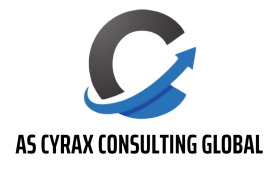Overview of SOC 1, SOC 2, and SOC 3: Explain what these compliance frameworks are, their purpose, and the differences between them. Provide a brief history and evolution of each standard.
Understanding SOC 1: Dive into the specifics of SOC 1 compliance, focusing on the control objectives related to financial reporting. Discuss the types of organizations that typically need SOC 1 compliance and the benefits of achieving it.
Exploring SOC 2: Explore the requirements and objectives of SOC 2 compliance, which focuses on the security, availability, processing integrity, confidentiality, and privacy of data. Discuss the different trust service criteria and how organizations can demonstrate compliance.
SOC 3 Certification: Explain SOC 3 compliance and certification, which involves a simplified version of SOC 2 that provides a public-facing report for general use. Discuss the benefits of SOC 3 certification and how it can enhance trust and transparency with customers and stakeholders.
Common Challenges in Achieving SOC Compliance: Discuss some of the common obstacles organizations face when striving for SOC 1, SOC 2, or SOC 3 compliance. Offer practical tips and strategies for overcoming these challenges.
Steps to Achieving SOC Compliance: Provide a step-by-step guide for organizations seeking to achieve SOC 1, SOC 2, or SOC 3 compliance. This could include assessing readiness, implementing necessary controls, conducting audits, and obtaining certification.
SOC Compliance Checklist: Offer a comprehensive checklist that organizations can use to ensure they are meeting all the requirements for SOC 1, SOC 2, or SOC 3 compliance. Include items related to policies and procedures, risk assessments, security controls, and audit preparations.
SOC Compliance Case Studies: Showcase real-world examples of organizations that have successfully achieved SOC 1, SOC 2, or SOC 3 compliance. Highlight the challenges they faced, the strategies they implemented, and the benefits they realized from obtaining certification.
SOC Compliance Tools and Resources: Provide a list of recommended tools, software, and resources that can help organizations streamline the process of achieving and maintaining SOC 1, SOC 2, or SOC 3 compliance. This could include compliance management platforms, audit software, and educational materials.
Future Trends in SOC Compliance: Discuss emerging trends and developments in the field of SOC compliance, such as the impact of new technologies, evolving regulatory requirements, and changes in audit practices. Offer insights into how organizations can adapt and stay ahead of the curve.

